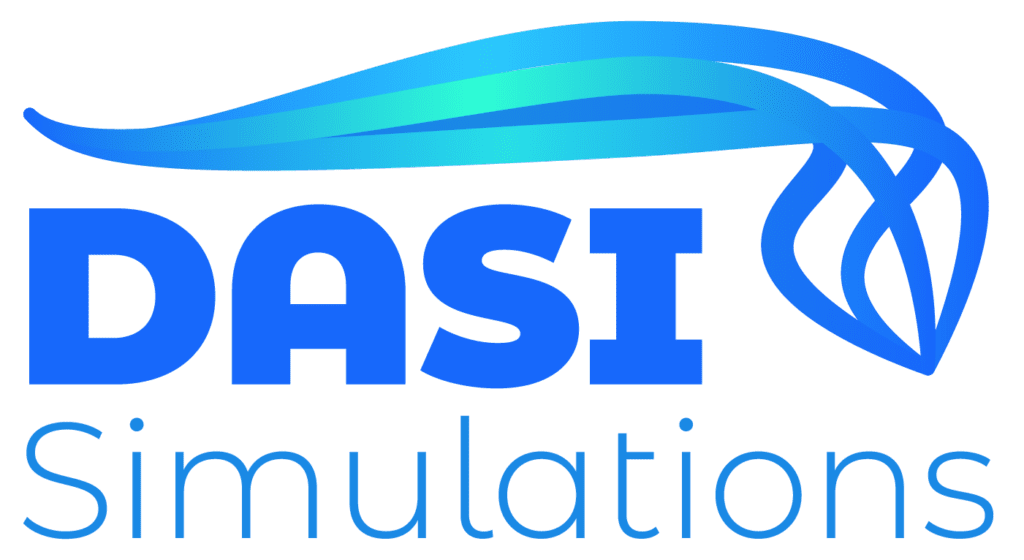- 614-389-3130
- contactus@dasisim.com
Blog
TechOhio: This Ohio Startup Wants to Give Heart Surgeons an Innovative New Resource
How DASI Simulations wants to combat heart disease through their revolutionary tech
Every year, hundreds of thousands of Americans die of heart disease, in spite of hundreds of thousands of patients undergoing surgeries to treat their disease. Heart surgery is a complex and challenging process, and one that isn’t guaranteed to succeed. But Columbus startup DASI Simulations is trying to change that. The company has developed a computational modeling and artificial intelligence system that helps heart doctors plan for structural heart procedures and improve the chances of positive outcomes.
“Most of these patients get a CT scan as part of routine care,” said Co-Founder and CEO Lakshmi Dasi. “We run our algorithms on that scan to create a patient’s personalized model. We generate predictive scenarios that the doctor is considering, including different types of treatment like open heart surgery or transcatheter surgery. Currently, a lot of decisions are made by doctors without much data science or ability to predict adverse outcomes. When doctors use our technology, they can choose the most optimal therapy that would not only reduce complications, but set up a patient for treatments in the future.”
The company knows they have a window of opportunity to maximize their technology’s high ceiling. In addition to receiving their second grant from the Ohio Third Frontier’s Technology Validation and Start-up Fund, the company is working to establish a partnership between The Ohio State University and Georgia Institute of Technology through OSU’s tech transfer office and has partnered with a group of independent sales reps that will be “aggressively taking the DASI technology” to structural heart centers across the country. In the near future, they’re aiming for “six sizable milestones” like FDA approval and more.
“Right now, we have a first-mover opportunity,” said Co-Founder, President and CEO Teri Sirset. “There is no other technology in the U.S. that even comes close to what we’re able to do in the structural heart space. AI, machine learning and computer vision are all pretty big buzzwords right now, and we’re a medtech company that can save lives, decrease complications and cost for hospitals and improve the structural health programs that are already established as well as the new ones. We’re bringing higher quality and higher standards of care.”
But the project isn’t just about running a great business. For its leaders, DASI is about bringing a better quality of care to heart patients and providing better tools for the physicians that need them.
“As a professor at Ohio State, my students and I were doing research in the heart valve area and had the opportunity to work hand-in-hand with physicians,” Dasi said. “We were not only able to grasp how complex these procedures are, but we were able to envision the possibility of a solution to this problem. Doctors were blind, and going in simply looking for the best. We saw the impact of the number of lives we could save by developing software that brings vision to the doctor. So I’m very passionate about how technology from our engineering can become a standard of care where every doctor can use it to make better decisions for their patients and improve outcomes.”
And for Sirset, that mission is even more personal.
“My father was an Ohio State graduate, and he passed away from complications of heart valve disease,” she said. “When I met Prasad, I was very passionate about the technology he was creating. I knew this could save the lives of many patients. My dad didn’t have that opportunity, so I became passionate about this because it’s very personal for me.”
In a state known for its world-renowned medical systems and increasing number of medtech startups supported by the State and other entrepreneurial resources, DASI’s team believes their Dublin home is a perfect fit for their bold ambitions.
“The spirit of innovation and boldness in Ohio and in particular at Ohio State is what helped us develop this technology,” Dasi said. “We see it in the relationships we’ve developed here in Ohio: there’s an energy within these communities to become a next-generation technology hub. And we’ve been blessed with grants from the Ohio Third Frontier, which speaks volumes about the State of Ohio and its commitment to making a big impact.”
